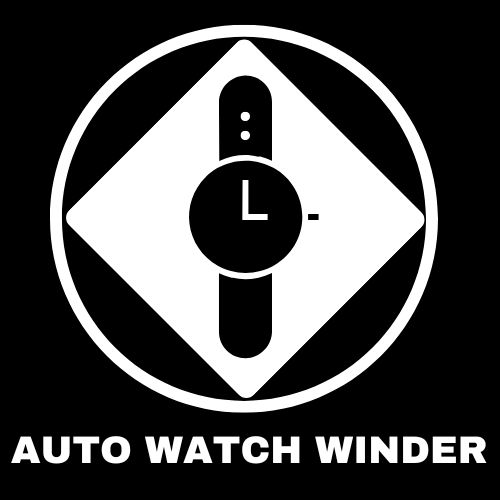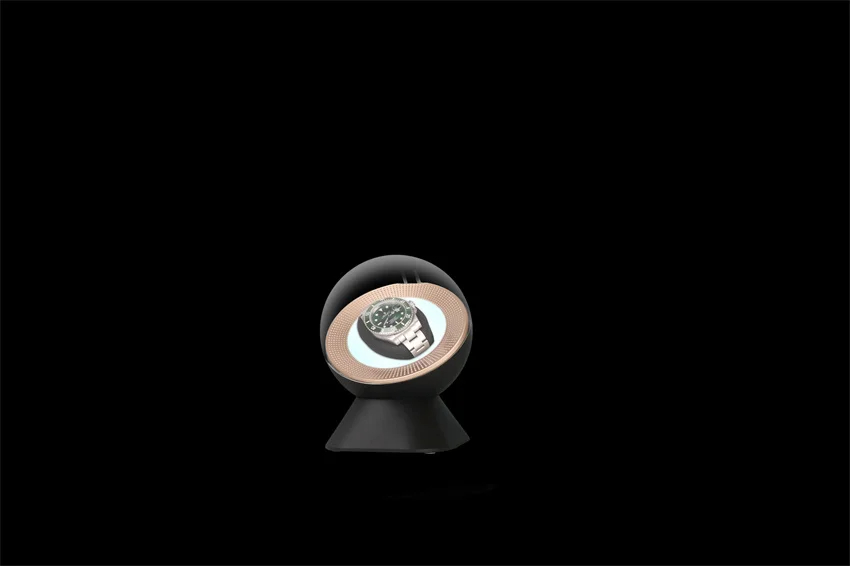Blog
Open-Back vs Closed-Case AUTO Watch Winder Designs
Exploring Open-Back and Closed-Case Auto Watch Winder Designs
Understanding Dust and UV Protection
When it comes to maintaining the longevity of watch-winder-for-30-days/” title=”Real…World Reviews: Living with an AUTO … Winder for 30 Days”>automatic watches, the design of your watch winder plays a crucial role. One significant factor to consider is how each style—open-back versus closed-case—addresses dust accumulation and UV exposure.
Open-back winders, while aesthetically pleasing, can expose your timepieces to dust particles that may settle on their surfaces over time. This exposure can lead to potential damage or require more frequent cleaning. In contrast, closed-case designs offer a protective barrier against environmental contaminants, ensuring that your watches remain pristine.
Moreover, UV rays can be detrimental to watch materials such as leather straps or certain dial finishes. Closed-case winders typically provide better shielding from harmful sunlight compared to their open counterparts. Therefore, if you live in an area with high sun exposure or have valuable pieces that need safeguarding from both dust and UV light, opting for a closed-case model would be wise.
Balancing Display Appeal with Protection
the choice between an open-back and a closed-case watch winder frequently enough hinges on aesthetic preferences versus practical protection needs. Open-back designs are celebrated for their ability to showcase the intricate movements of automatic watches beautifully. thay allow enthusiasts to admire the craftsmanship without needing to remove the watch from it’s resting place.
Conversely, while closed-case models may not offer as much visual access, they excel in providing security for your collection. Many modern designs incorporate transparent materials like acrylic glass that still allow visibility while offering robust protection against external elements.
For collectors who prioritize showcasing their timepieces as part of home decor or personal style statements, an open-back winder might be more appealing despite its vulnerabilities. Conversely, those who value preservation over display might lean towards a closed case for peace of mind regarding their investments.
Deciding When To Choose Each Style
Selecting between an open-back or closed-case auto watch winder ultimately depends on individual needs and circumstances surrounding usage:
- Choose Open-Back When:
– You want easy access for regular wear.
– Aesthetic appeal is paramount; you enjoy displaying your collection.
– Your surroundings is relatively clean with minimal risk of dust accumulation.
- Opt For Closed-Case If:
– You own high-value watches requiring extra care.
- Your living space has higher levels of dust or direct sunlight.
– You prefer enhanced protection without sacrificing too much visibility through quality materials.
understanding these factors will help you make an informed decision when selecting between open-back and closed-case auto watch winders tailored specifically for your lifestyle and collection needs.

